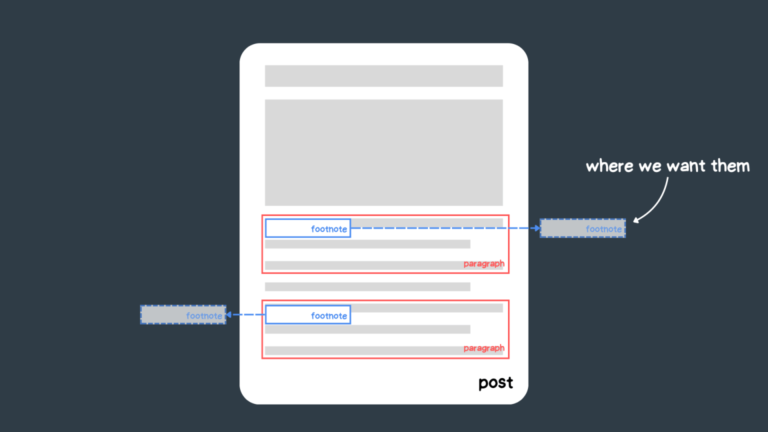
To integrate applications with real-time weather data, application programming interfaces (APIs) for the weather are crucial tools. Behind the scenes, these weather APIs depend on various technological components and procedures to provide developers with reliable and up-to-date weather information. Let’s look more in-depth at the many facets of technology that make up weather APIs.
The Compilation of Data and Its Sources
The data provided by weather APIs comes from various sources, including meteorological stations, satellites, and computer weather models. The raw data can be obtained from these sources: temperature, humidity, wind speed, and precipitation. This raw data is processed by the backend of the API, which then generates detailed predictions and reports on the current state.
Geolocation and Spatial Data
To be able to deliver weather data that is particular to a user’s location, weather APIs frequently make use of geolocation services. They detect the user’s coordinates using technologies such as global positioning systems (GPS), IP address mapping, and Wi-Fi positioning. After that, these geographical data can be utilized to get regionally specific weather predictions and conditions.
Scraping of Websites and Data Crawling
Web scraping and data crawling are two methods that are used by certain weather APIs to obtain user data. They gather data from relevant websites and posts on social media and other internet sources. The accuracy of predictions and condition reports could be improved by using these approaches, which can give further data.
The Formatting of Data and Responses from APIs
The replies sent by an API are often structured in JSON or XML, making it simple for developers to interpret the data and incorporate it into their applications. These replies provide in-depth information on the weather arranged into appropriate categories.
These replies provide in-depth information on the weather arranged into appropriate categories. This organization enables developers to extract specific data points depending on the needs of individual users.
Updates in Real Time
Given the quick change in the weather, it is necessary to provide information in real time. To ensure that developers get the most recent data as soon as it is made available, weather APIs use technologies such as webhooks and polling. This requires a regular connection between the API server and the application that uses the API to maintain the data’s accuracy and ensure it is current.
Data Accuracy and Validation
In weather applications, ensuring the accuracy of the data is of the utmost importance. Weather APIs use data validation methods to cross-reference information from various sources and models. As a result, the probability of consumers being presented with inaccurate or inconsistent data is significantly reduced.
The Use of Rate Limits and Quotas
It is common practice for weather APIs to impose pricing limits and use limitations to deter abusive use and guarantee equitable consumption. Developers’ adherence to these constraints is required to prevent interruptions in data access. To keep server performance and availability high, rate-limiting strategies restrict the number of API calls from a single source.
Protection and Verification of Identity
APIs for the weather need authentication to prevent unauthorized users from accessing critical weather data. Most of the time, developers must acquire API keys or tokens, which they will then provide in their API calls. This procedure of authentication guarantees that only programs that have been permitted to do so can access the API’s data.
Error Handling and Redundancy
Error handling techniques are essential for effectively managing scenarios in which the API is momentarily inaccessible or has technical difficulties. Even if some servers encounter outages, continuous data availability can be maintained using redundancy and failover mechanisms provided by several weather APIs.
Visualization of Data and Presentation of It
The weather API often offers graphical components like icons and charts that developers can employ in their applications. The whole user experience is improved because of these visual representations, which make it easier for consumers to comprehend complicated meteorological data.
In conclusion, the technical parts of weather APIs include data aggregation, formatting, real-time updates, accuracy checks, security measures, and various other features. For application developers who want to quickly incorporate accurate and up-to-date weather information into their products, it is essential to have a solid understanding of the components described here.


